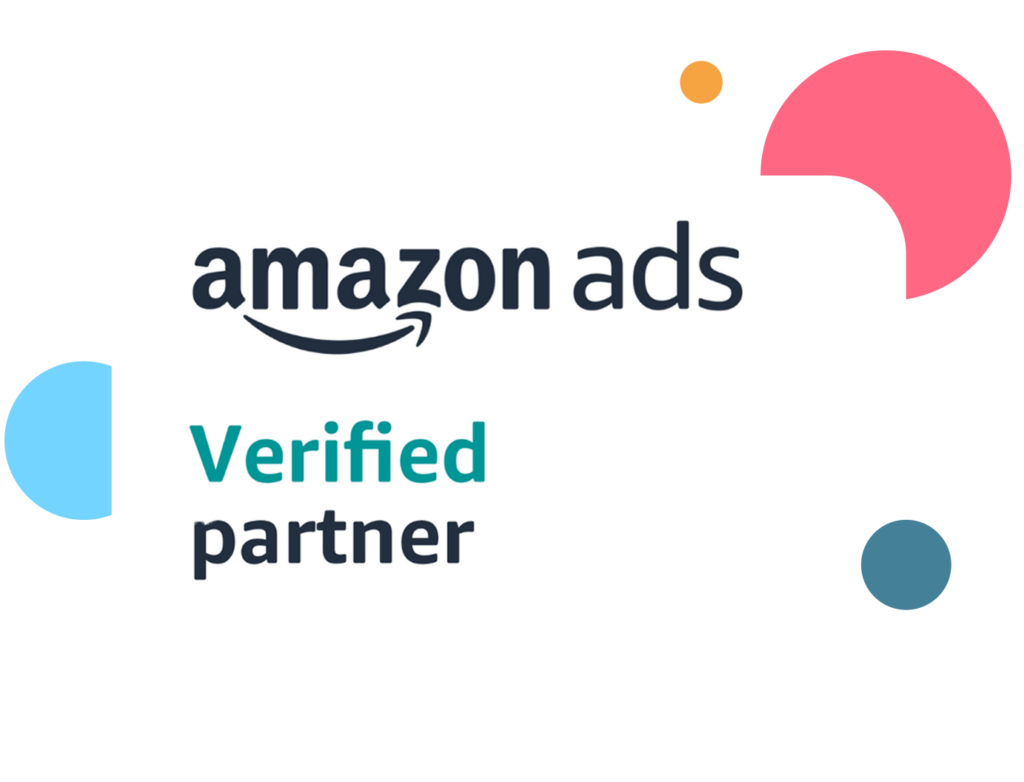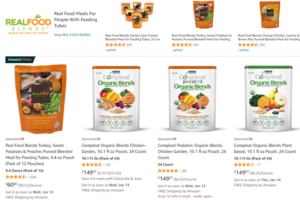Winning on Amazon: Overcome Fees and Boost Profits
If you are selling products on Amazon, be prepared for fees: selling plans, referral, and fulfillment fees. Plus, if you choose to run Amazon Ads, that’s an extra cost too! To stay profitable, it’s essential to factor all of these in this additional spend.
4 Amazon Fees To Know
Before you start selling product and advertising Amazon, you should be aware of these four fees:
Selling Plans – Individual & Professional
Amazon offers two selling plans: Individual and Professional. The Individual plan doesn’t have a monthly subscription fee but charges $0.99 per item sold, while the Professional plan costs $39.99 per month but doesn’t charge per item sold.
Referral Fees – Vary by Product Category
These are commissions that Amazon charges for selling your product on its platform. The fee varies by category, ranging from 6% to 45%, but for most products, it’s around 15%.
Fulfillment Fees – Storage
If you’re using Fulfillment by Amazon (FBA), Amazon charges for storage based on the space your products occupy in the warehouse and order fulfillment based on the weight and dimension of the product. These fees can add up, particularly for larger or heavier items or items stored for a long time.
Amazon Ads Costs – Cost per click
Amazon mostly charges for ads based on a cost-per-click model (an exception to this is optimizing for reach with VCPM on display). You set a daily budget and a bid for each ad, and Amazon charges you each time a shopper clicks on your ad.

Tips to Minimize Amazon Seller Fees
With all these costs it may feel impossible to be profitable, but if you follow the steps below you will be in a better position to thrive!
Choose the Right Selling Plan
If you sell more than 40 items per month, the Professional plan is more cost-effective. You also need a professional plan to run Amazon Ads.

Optimize Your Listings
Invest time in high-quality images (including A+ content), videos and well-written product descriptions. An optimized listing increases the chances of conversion when a customer lands on your page.
Leverage Fulfillment by Amazon (FBA)
While FBA comes with its own costs, it also leads to higher visibility on the platform and can increase sales volume. This is due to Amazon handling the logistics, customer service, and fast Prime shipping that is “free” for Prime customers. This leads to a better and faster customer experience which Amazon rewards with visibility.
Optimize Your Pricing to Win the Featured Offer
(NOTE: previously called the Buy Box)
Your product pricing should consider all the fees and leave room for profit. This might involve sourcing cheaper suppliers, increasing product prices, or focusing on higher-margin products. Additionally, competitive pricing helps you win the Featured Offer on a product detail page where customers add items to their cart to purchase. Winning the Featured Offer significantly increases the chance of purchasing your product and allows you to run Sponsored Product campaigns on Amazon Ads.
Inventory Management
Avoid long-term storage fees by managing inventory effectively. Forecast demand accurately and plan inventory turnover to minimize storage costs.
Pick the Right Products to Advertise
Choose products with a high-profit margin for advertising. Advertising costs can quickly consume your profits if the margins are too low.
Optimize Your Ads

Use accurate keywords and regularly review your campaigns. You should be adjusting bids based on ACOS (advertising cost of sales), adding new keywords/product targeting, adding negative keywords/product targeting, and testing different ad types like Sponsored Brand and Sponsored Display.
Monitor Your Key Metrics
Monitor metrics like ACOS, which tells you how much you spend on ads for each dollar of sales generated. If your ACOS is higher than your profit margin, you’re losing money.
The key to profitability on Amazon is to consider all of your costs and to stay on top of your Amazon Ads metrics when advertising. It’s a dynamic process that requires regular monitoring and adjustments, but with careful management, it’s certainly possible to be profitable.
